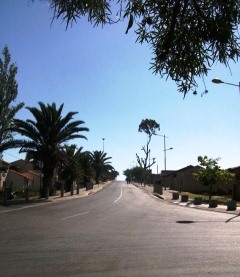The conundrum facing the city-region is how to configure and manage infrastructure under pressure in ways that allow for inclusive and equitable service delivery whilst transitioning towards resource efficiency and decoupling growth from further increases in resource consumption.
Insights from the GCRO’s Metabolic Flows and Infrastructure Transitions Project show that there are limitations in the publicly accessible data on resource flows. Interrogation of this data indicates that there are further challenges in the extent to which governments in the GCR are able to grasp the quantum of resource flows under their management.
In rethinking the discussion on infrastructure and resource use, an important, but often neglected consideration is how green infrastructure can function as an augmentation or even an alternative to existing built infrastructure systems. Green infrastructure can allow for cost efficient alternatives for over-stressed systems. As the GCR rolls out infrastructure and services to meet the needs of a growing population, natural and manmade ecological systems offer an alternative opportunity to more strategic investments in these systems that are undervalued in conventional infrastructure planning, and under threat from development and urban expansion.
In the GCR, a number of foundations have been laid for investment in ecological assets. There is a strong promotion of natural resource protection, with various provincial and municipal policies focusing on conservation targets to preserve indigenous or naturally occurring vegetation.
Environmental risks are unevenly distributed across the GCR, as are human settlements. The impact of environmental risk are arguably greatest when they are borne by communities living in poorly serviced, low income areas. This intersection is an important component of understanding the management and mitigation of environmental risk in the GCR.





